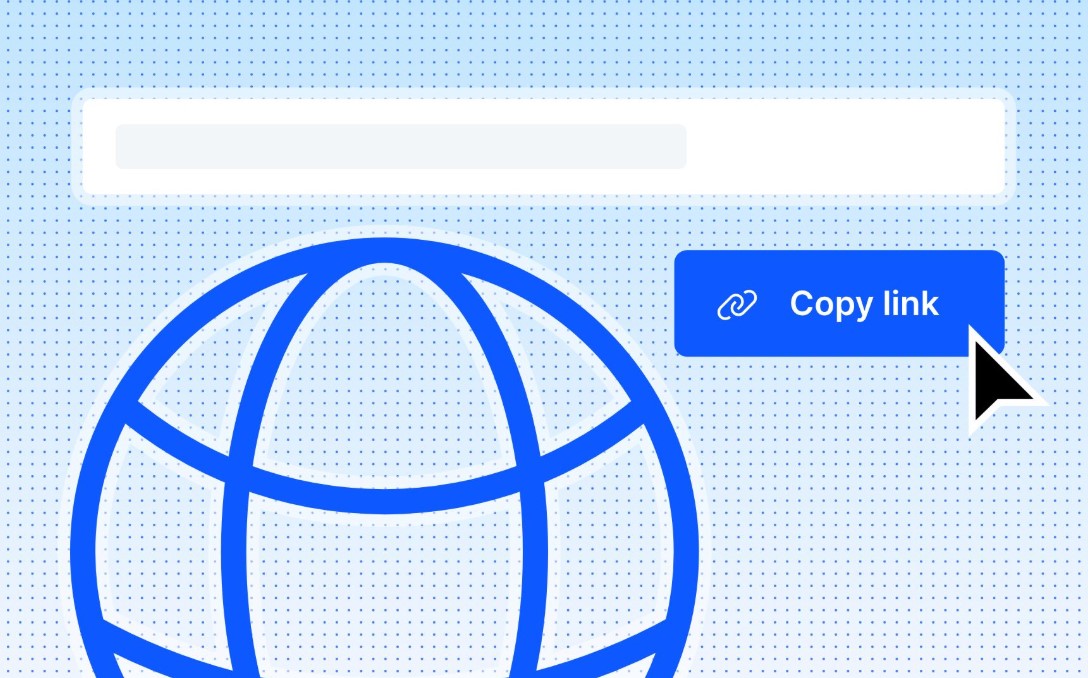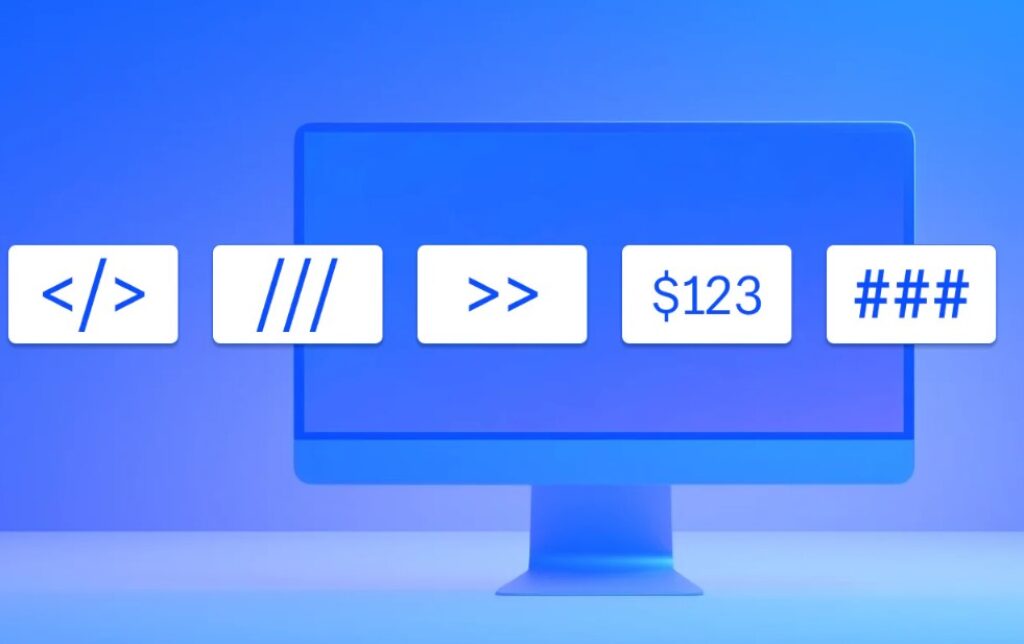
A hyperlink can be more than just a connector. Some links simply point somewhere. Others guide, respond, or even surprise. The difference between static and dynamic links isn’t about appearance—it’s about function. In a world where user attention is limited and engagement matters more than ever, the way a link behaves can shape the entire digital experience.
Static links stay the same for everyone. Dynamic links shift based on context. Interactive links go even further—they invite action. Marketers, designers, and developers need to know where each type fits and how to make links that not only get clicked—but spark meaningful engagement.
Table of Contents
What Makes a Link Static?
A static link does one thing. It directs users to a fixed destination. It doesn’t change. It doesn’t respond to who’s clicking. It’s a plain connector between two pages.
Static links are fine when the goal is basic navigation. They appear in menus, footers, or anywhere the user expects a direct, simple path. But they don’t guide or surprise. They don’t boost interaction. They just sit and wait to be clicked.
Static links are:
- Predictable and unchanging
- Often plain text or a button
- Easy to index and cache
- Best for consistent and universal actions
The biggest drawback? They lack any real user engagement. In today’s experience-first environment, that can be a missed opportunity.
When a Link Becomes Dynamic

Source: which.co.uk
A dynamic link does more than point somewhere. It adjusts. It reacts. It might change based on who clicks, where they are, or how they got there.
You’ve seen them in action. Think of a personalized campaign link that carries tracking details. Or a link that triggers an embedded form. Or one that previews a video. These links don’t just work—they interact.
This is where tools like the QR code AI generator enter the picture. It lets users create highly customized, scannable codes that connect to websites, videos, menus, PDFs, and more. Unlike basic QR tools, it generates artful QR designs that match your brand and adapt to user needs. When scanned, the link becomes more than a URL—it becomes a visual and interactive experience.
What defines a dynamic link?
- It reacts to user input or device
- It can redirect based on conditions
- It includes embedded or preview content
- It tracks behavior or integrates forms
- It looks more visually engaging
Dynamic links help users stay engaged. They move users forward with less friction. They make the user feel like part of something, not just a visitor.
Why Interactivity Changes Everything
Interactivity keeps users involved. A link that triggers an animation, preview, or instant response gives users something to touch, see, or feel. It’s not just about movement—it’s about reaction.
Interactive links are designed to spark behavior. A CTA that expands into a form. A button that triggers a chatbot. A hover that reveals more details. Each moment adds depth. It reduces bounce. It adds clarity.
Some of the most powerful links in digital campaigns use:
- Smart redirection based on time, location, or device
- On-click modals or pop-ups
- Custom transitions or hover effects
- Visual cues like icons, movement, or sound
In e-commerce, links that preview products or cart actions often boost conversions. In marketing emails, a link that animates on hover increases click-through rates. Users crave immediate feedback. If a link feels alive, it feels worth clicking.
Practical Use Cases That Separate the Two

Source: gshiftlabs.com
Static links serve best when:
- Information doesn’t change
- SEO consistency is critical
- Speed and simplicity matter
- Navigation must be familiar and universal
Dynamic links excel when:
- Personalization is the goal
- A/B testing needs tracking
- Mobile and desktop views vary
- Forms, tools, or interactions are embedded
An example: A restaurant’s homepage might use a static link to show its hours. But a dynamic link might pull up a localized map based on the user’s GPS or open a WhatsApp chat to book a table.
Another example: A clothing site can offer a static link to its homepage. But a dynamic link can open a shopping assistant based on user browsing data.
Visual Links ─ Where the Line Blurs
Visual links often live between static and dynamic. A graphic with an embedded link can act static—but if it reacts to a click with movement, sound, or reveals extra info, it shifts toward interaction.
Interactive design doesn’t always require scripts or complicated setups. Sometimes, a simple hover or scroll-triggered animation can transform the experience.
Infographics, clickable maps, QR art, product tour links—each invites the user to act. And each turns a passive link into a live gateway.
SEO and Performance Considerations

Source: shopify.com
Search engines still favor static links for structure. They’re easy to crawl, predictable, and universal. But dynamic links offer user-behavior signals. That data feeds better UX and smarter targeting.
For best results:
- Keep static links for main site navigation
- Use dynamic links for campaigns, landing pages, and personalized flows
- Avoid unnecessary redirects or script-based links for SEO-critical content
- Use schema and markup when embedding interactive features
- Always test link performance across devices
When Links Evolve, So Does Engagement
Not every link needs animation. Not every moment needs a pop-up. But if your goal is to keep users engaged, your links must offer more than just direction. Interactive and dynamic links improve how people navigate, explore, and take action. They create faster paths, reduce friction, and keep attention where it matters.
Static links still play a role. They provide structure, clarity, and consistency. But when you want to drive behavior, guide decisions, or build a deeper digital experience—your links need to respond. They need to feel alive.
In the end, the right link is not the flashiest one. It’s the one that gets the job done with precision, context, and purpose. That’s what turns a simple click into real engagement.







